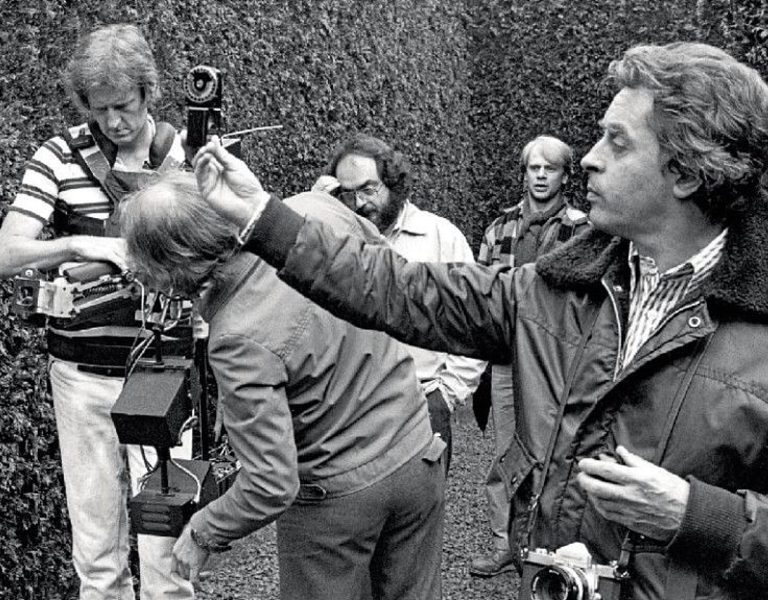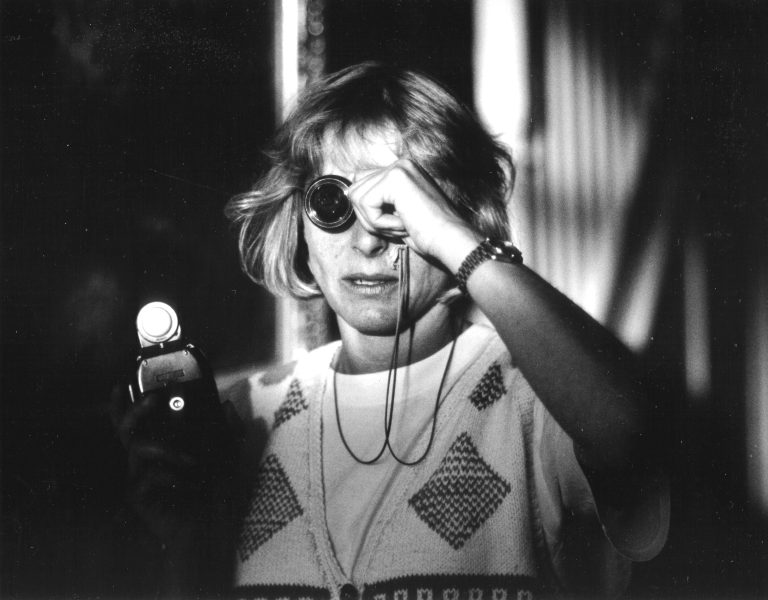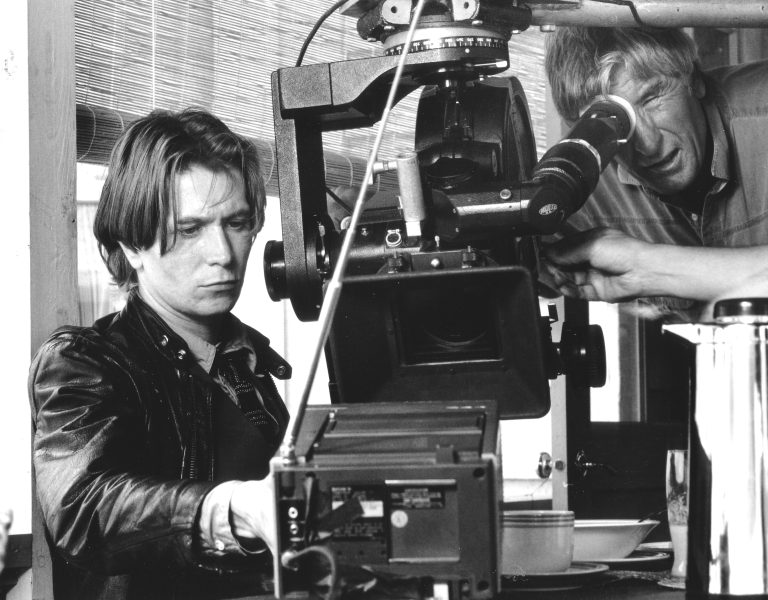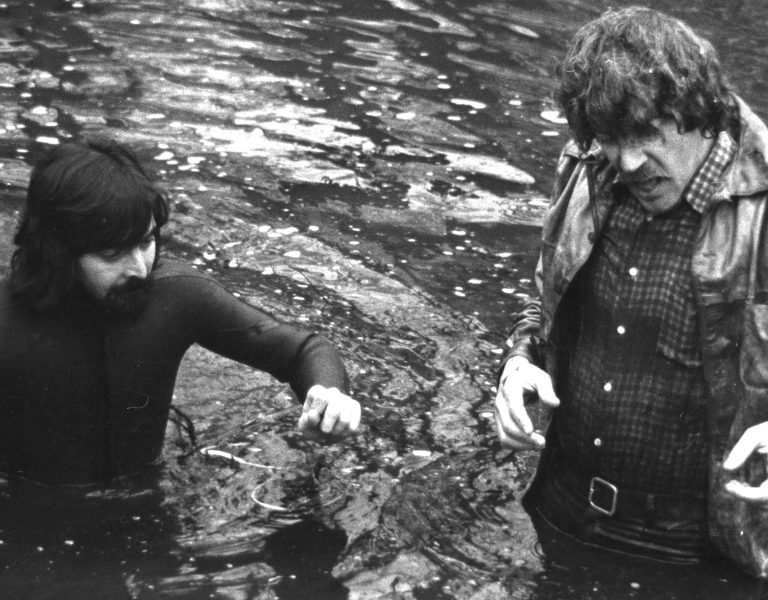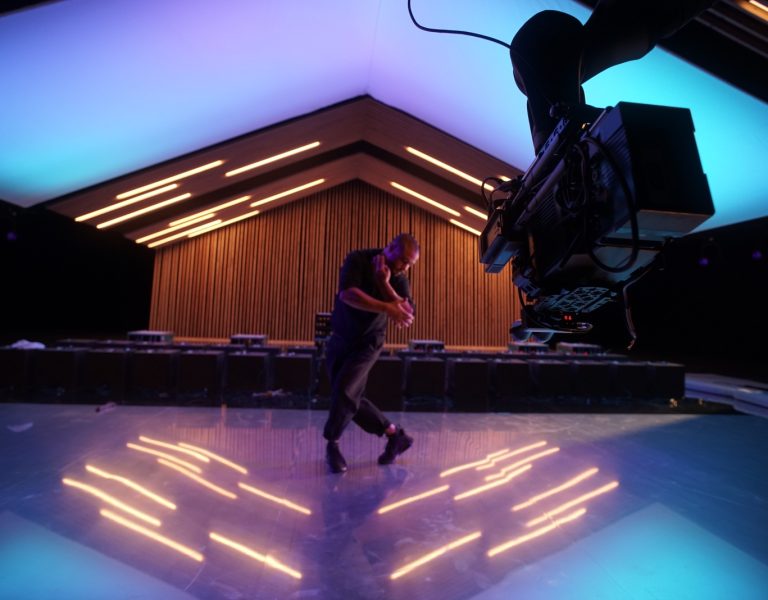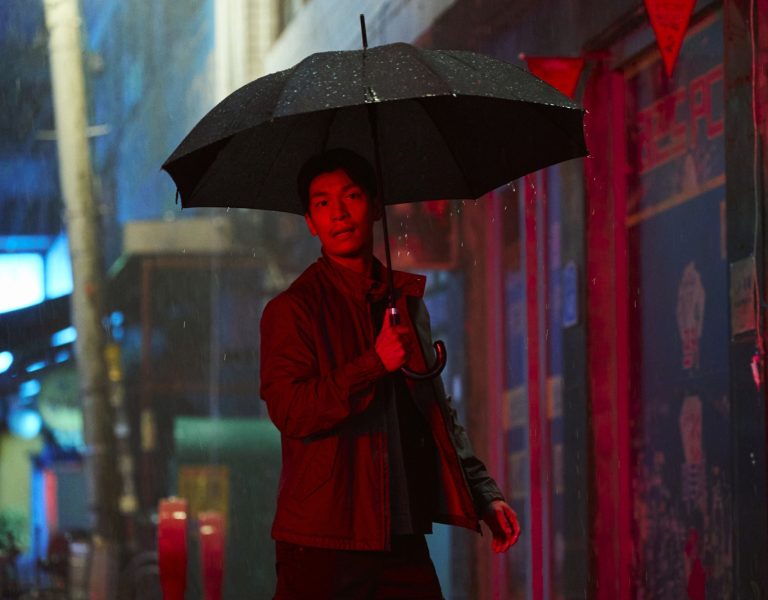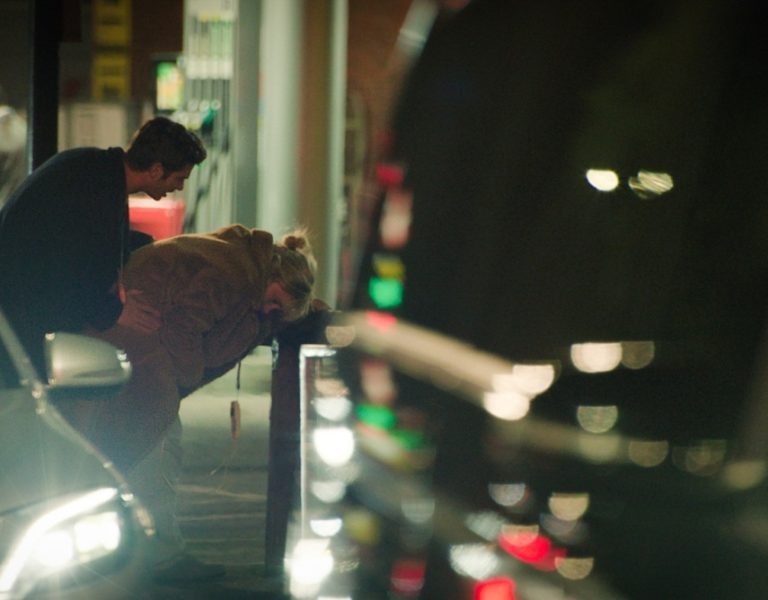NICE AND EASEY
Bert Easey BSC, a pioneering figure in British cinematography, co-founded the British Society of Cinematographers in 1949, shaping film’s technical future.
On the 75th anniversary of the creation of the British Society of Cinematographers, there is no doubt that Bert Easey BSC was the original founding member. Born in 1901, Easey started in the photographic world at the age of 17, joining Swain & Co., Society Photographers of Bond Street, as a young assistant, processing, printing and finishing portraits of debutantes, their prime market. He moved on to Fleet Street photographic agencies as a freelance photographer, learning all about film stock, cameras, lenses and shutters. During this time, he teamed up with another photographer, Tom Aitken, who owned a hand-cranked 35mm Prestwich cine camera, and began making short silent comedies and newsreel items.
When ‘talkies’ took hold, Easey entered main-stream film production as a camera maintenance engineer and worked for Sir Alexander Korda’s London Films, together with his chief cameraman, Georges Périnal, also a trained engineer. Based at Worton Hall, Isleworth, they researched equipment and techniques for shooting sound films. In 1936, Korda, and the company, moved to his newly built studio at Denham, then the largest in Britain, funded by the Prudential Assurance Company. Here, Easey became head of the camera department, overseeing crews, equipment and technical innovations.
Sadly, Korda was unable to keep the studios working at full capacity and three years later, during a downturn in British productions, Denham was merged with J. Arthur Rank’s Pinewood Studios and Easey became ‘head of cameras’ at both Denham and Pinewood.
In 1948, two British cinematographers swept the board at the Academy Awards for Cinematography. Guy Green OBE BSC took home the black-and-white Oscar for Great Expectations (1946 dir. David Lean), shot at Denham Studios, and Jack Cardiff won the colour Oscar for Black Narcissus (1947 dir. Michael Powell and Emeric Pressburger), shot at Pinewood Studios.
Encouraged by their success, Easey put forward the idea of forming a society of British cinematographers based along similar lines to that of the American Society of Cinematographers whose members had mostly benefited from Oscars since its inception in 1927.
Easey’s vision was of a non-political guild or society, made up of feature production cameramen in the UK. He first approached veteran cinematographer, Freddie Young BSC, at the time chief cameraman at MGM Studios, Borehamwood, and he was in full agreement.
Easey put forward his idea at an industry dinner at the Orchard Hotel in Ruislip attended by a group of distinguished cinematographers including Georges Périnal BSC, Desmond Dickinson BSC, Guy Green OBE BSC, Robert Krasker BSC, Harry Waxman BSC, Otto Heller BSC, George Hill and Jack Hildyard BSC, plus many other leading cameramen and representatives of camera departments. In January 1949, The British Society of Cinematographers was inaugurated and officially formed as a limited company in September of that year with an initial shareholding of 55 founding members. Young became its first president and Easey became its first secretary and treasurer, a post he held until he retired shortly before his death in 1973. The BSC Bert Easey Technical Award was named in his honour in recognition of his tireless energy and unflagging enthusiasm that brought the society into being.
Preserving the Vision
This piece was adapted from the book, Preserving the Vision. Compiled and edited by Phil Méheux BSC and James Friend ASC BSC, the book celebrates the history of the British Society of Cinematographers along with biographical details of every member since its inception in 1949 plus listings of their awards and notable credits.
The book can be purchased from the BSC by contacting Helen Maclean at helen@bscine.com. All profits will benefit the Film & TV Charity.
